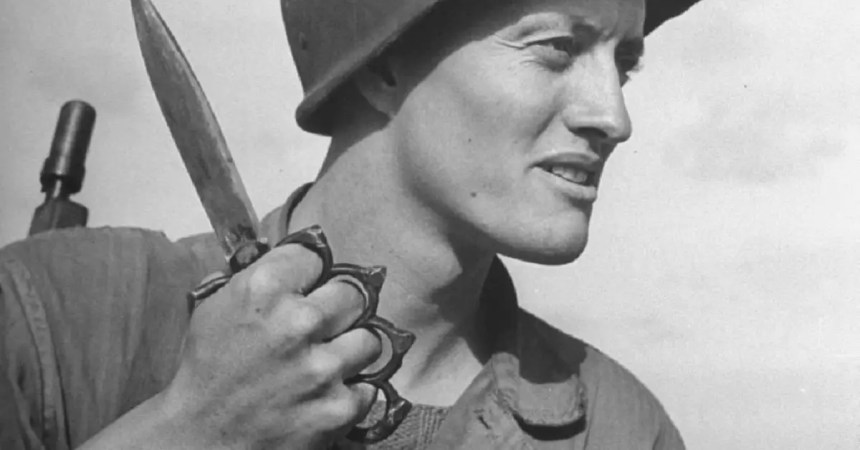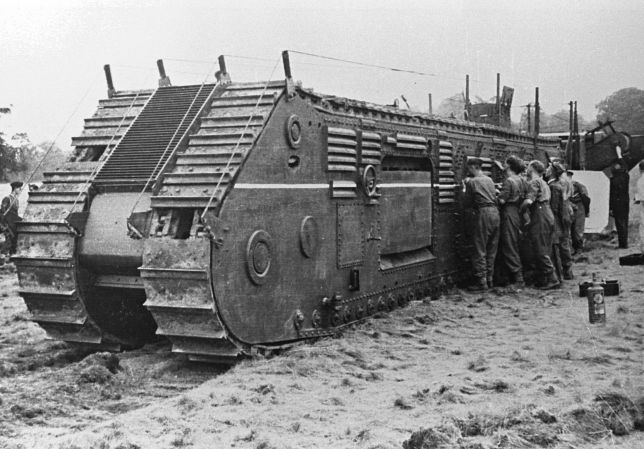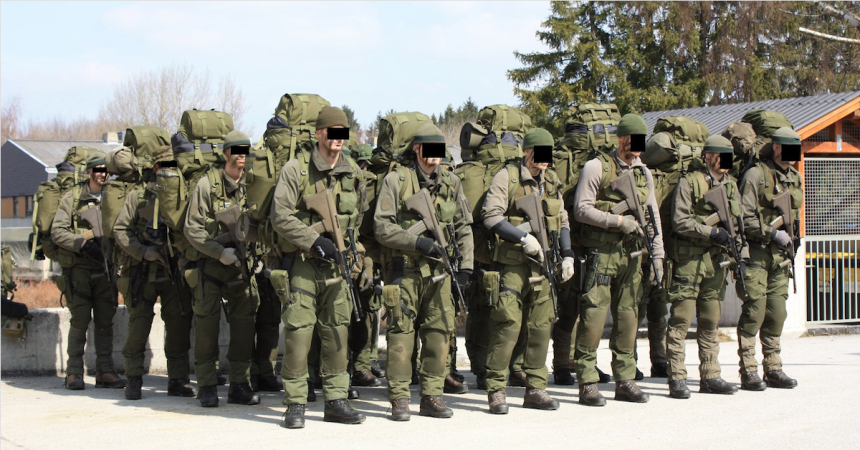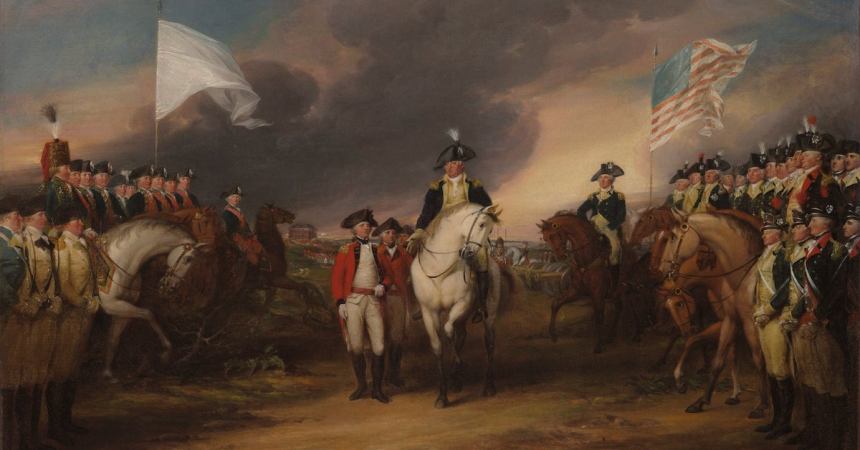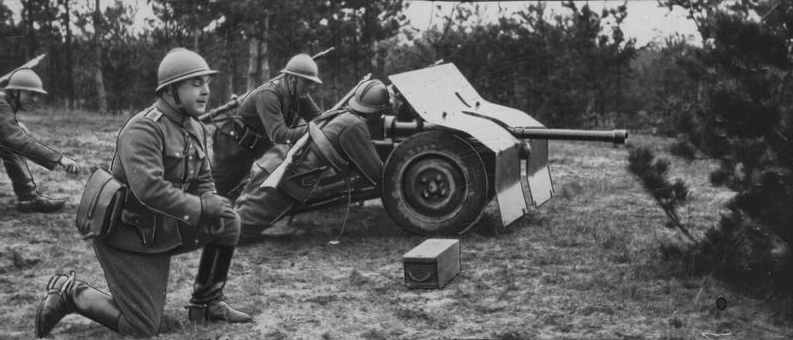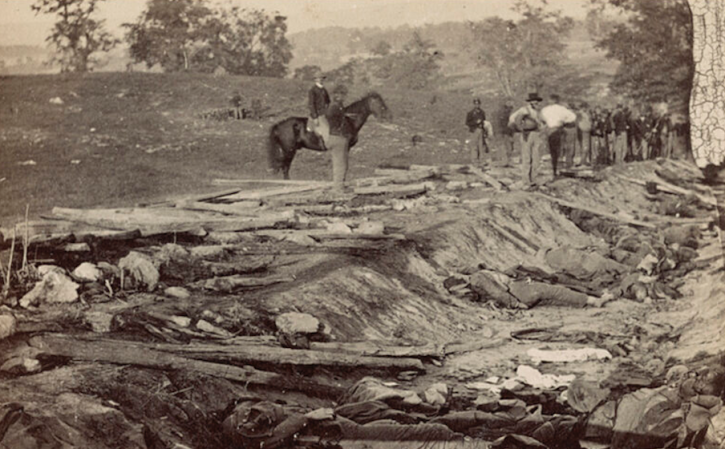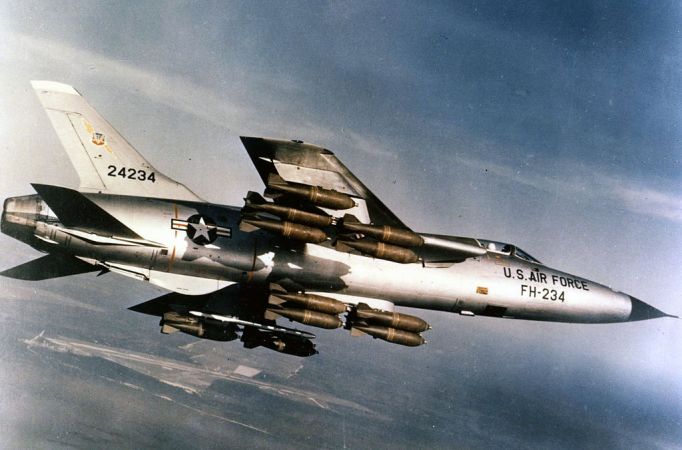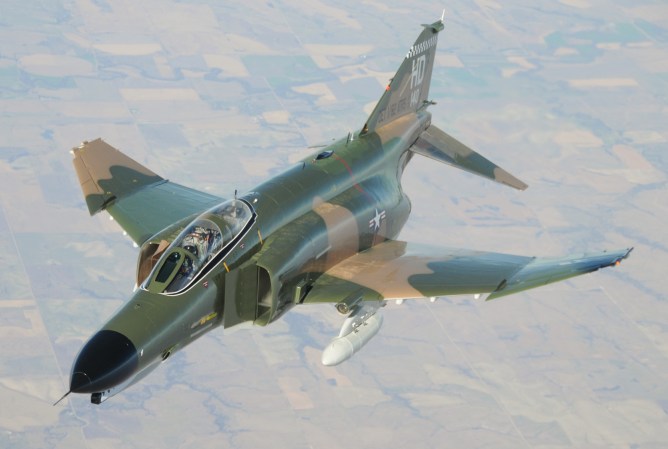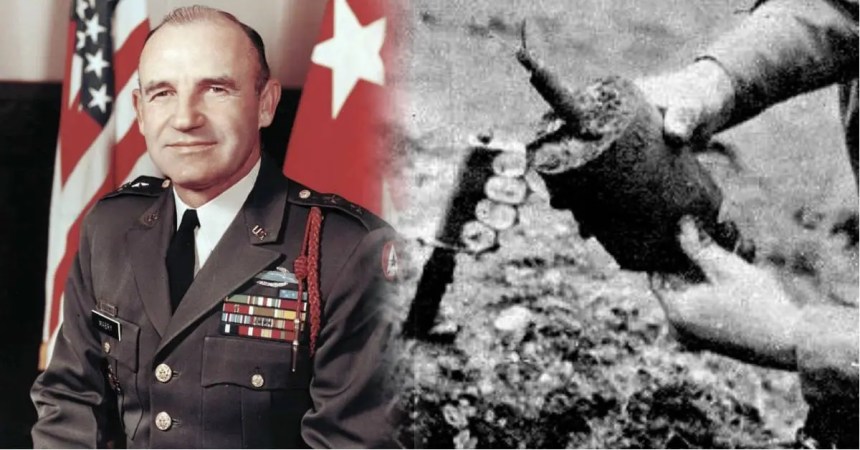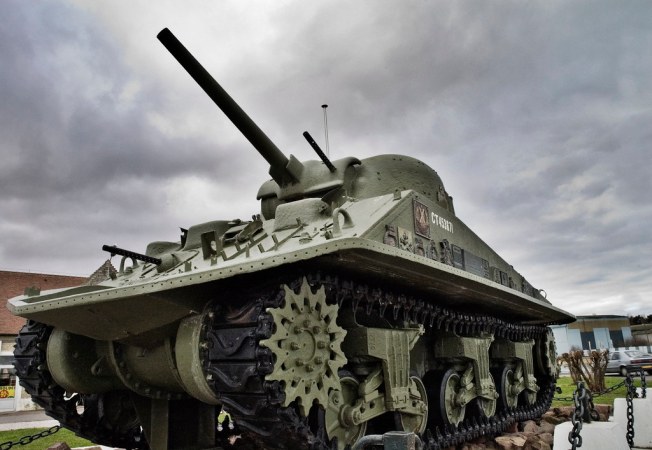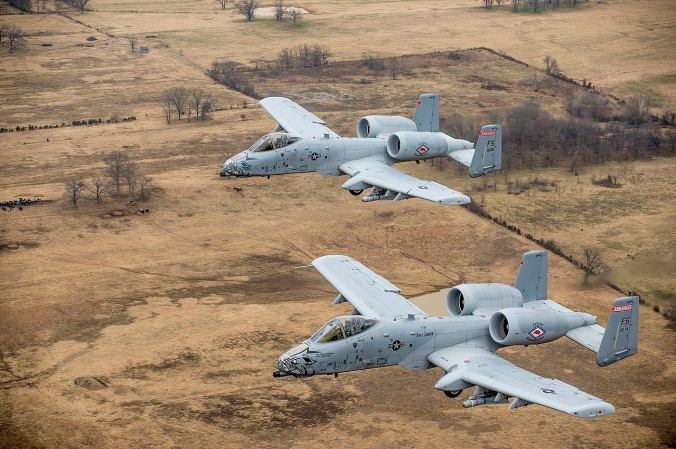There is undoubtedly no worse place for troops to live and fight in than the trenches of old. Soldiers would dig fighting positions into the ground and, with no way to continually clear out the rodents, water, sewage, and bodies, the fortifications would become ripe with disease.
The sand around you was your home. The sandbags above the parapet were your only protection from snipers. The walls that surrounded you could collapse under enemy artillery fire and quickly become your coffin.
Despite all of these glaring faults, their purpose is clear when you look at the bigger picture.

(Imperial War Museums)
Trenches have been used as early as the Roman Empire, but the scale at which they were used swelled drastically on the western front of the First World War. During WWI, trenches were built in three distinct rows: The main firing trench (used for direct combat), the support trench (used as a second line of defense and as a place for officers, medics, cooks, and other supporting troops), and the reserve trench (used for housing).
Soldiers knew in advance where they’d hold off the enemy and they’d begin building fighting positions there for cover. The enemy would show up, see the trenches, and quickly dig their own at a safe distance. Inevitably, both sides would find it impossible to dislodge the opposition and so they’d dig in deeper.
Many of the problems we associate with trenches today ran most rampant within British units, as they believed that the trenches would be temporary and the war would keep moving — it didn’t.

That entire red line was almost entirely a trench system between both the Allied Powers and the Central Powers
(The History Department of the United States Military Academy)
Meanwhile, many French and German trench systems were built with the long-haul in mind. They better fortified their walls and created much more hospitable bunkers. They understood that the systems weren’t to be used to advance, but rather to stall the enemy. Each row within the trench systems was designed to make it as difficult as possible for the enemy to take it over.
If the enemy managed to make it across No Man’s Land (the expanse of ground between opposing forces’ fortifications), they’d come across fields of barbed wire that would slow their movement and alert sentries that heard the rustling. Then, they’d come into the first trench, which was typically dug into asymmetrical zigzags that not only minimized the effect of shrapnel, but also provided as small of a field of fire as possible for invaders.
The rows were designed to be able to be taken from the rear. While enemy forces swarmed the first trench, defenders could hop over top the next trench back and open fire. This defense mechanism sounds like it’s begging to be exploited, but that would require the enemy to flank around the trench line first. Both sides would prevent this from happening by creating hundreds of miles of trench systems. Often, there was no way around.
The trenches did exactly what they were built to do. They ensured the enemy couldn’t get past. With no viable option for advancement, militaries were able to send men elsewhere — who would then dig even more and offer little room for the enemy.




